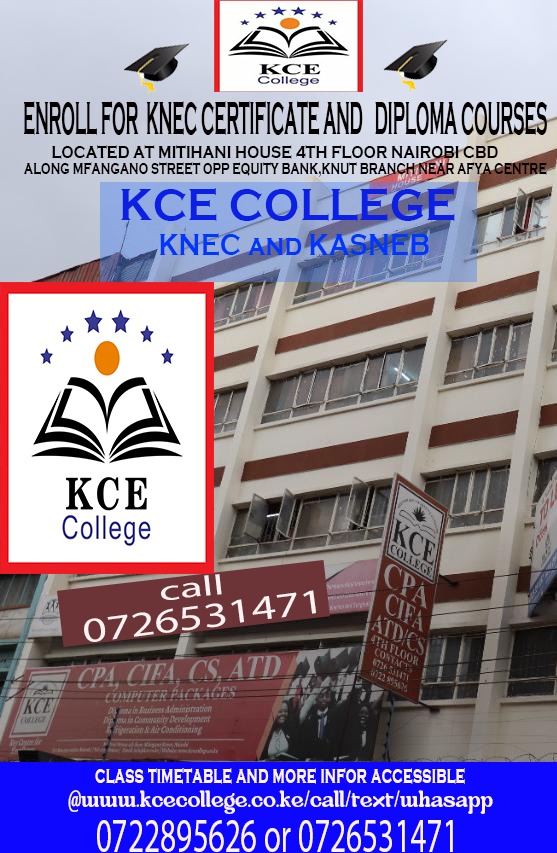Definition of Planning:
Koontz says planning involves selection from among alternative future courses of action for the firm as a whole and for every department or section within it. Planning can therefore be looked at as the process of developing plans.
A plan is a blueprint or framework used to describe how the organization expects to achieve its goals. Planning then is simply the process of determining which path among several the organization wishes to follow.
Planning is the process of determining which is the best way to approach a particular goal. Described by different levels of scope we have strategic, tactical and operational plans.
Strategic plans are broad plans developed by top manager to guide the general direction of the firm.
Tactical plans are concerned with how to implement the strategic plans. Operational plans are developed to handle recurring and relatively routine situations. Types of plans
• Mission: This plan defines the company’s reason for existent or ‘raison d’etre’. It answers two basic questions, “what business are we in? Why are we in business?” It also identifies the company’s strategy, its values and behaviour standards. A mission statement should include a clear definition of current and future expected business scope in terms of products and services, markets and geographical coverage: a selection of a way to pursue a position of either cost leadership or sustainable competitive advantage and a short description of how goals might be attained.
• Objectives: These are the desired end results of any activity. They serve to translate the mission statement into specific ways of achieving it and provide a means of understanding the mission of the company. The SMART mnemonic is used to describe good objectives i.e. they should be Specific, Measurable, Attainable, Relevant and Time bound.
• Strategies: These are broad based plans that involve the determination of basic long- term objectives. A strategy is the game plan that management designs for positioning the firm in its chosen market are, competing successfully, pleasing customers and achieving good business performance. The aim of strategies is the gaining of a competitive edge.
• Policies: These are general statements or understandings that guide decision-making and they address recurring situations. Policies are long term decisions formulated in the context of objectives. Policy formulation is a function of all managers in an organization but higher-level managers play a more important role in policy making. Policies give benefits such as quick decision-making, better decentralization, effective coordination and simplified control.
• Procedures: These are plans that establish the required method of handling future activities. They are a chronological sequence of steps undertaken to enforce a policy and attain an objective.
The importance and advantage of procedures
• Can save time and other resources
• Help in training new employees
• Help in handling emergencies
• Relieves managers of the detail of directing subordinates
• Ensures uniformity of action by laying down a well thought of course of action etc.
• Rules: These are rigid and definite plans that specify what is to be done and not done in a given situation. They leave no room for discretion.
• Programmes: Are a coordinated group of plans designed to implement policies and accomplish objectives. They are complex and include goals, procedures, rules, task assignment, policies and other elements necessary to carry out a given course of action.
• Budgets: These are statements of expected results expressed in numerical terms for a definite period of time in the future. It may be referred to as a numbered plan.
